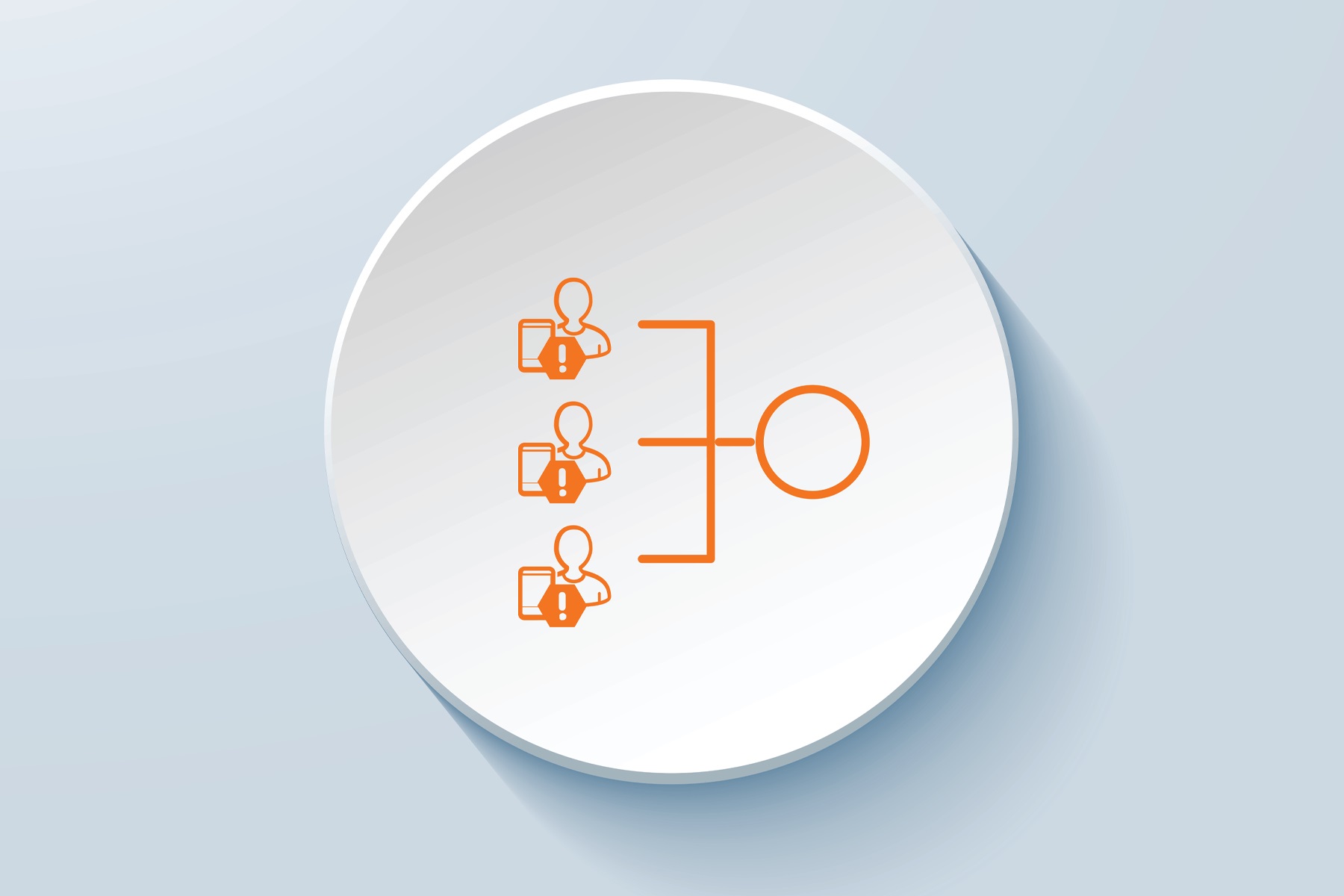
Privilege escalation is a term that might sound complex, but it's crucial to understand in today's tech-driven world. What exactly is privilege escalation? Privilege escalation occurs when someone gains higher access levels than initially intended, often exploiting system vulnerabilities. Imagine a guest sneaking into a VIP area at a concert—that's a simple way to picture it. This can happen in two main ways: vertical and horizontal escalation. Vertical means moving from a lower to a higher privilege level, like a regular user becoming an admin. Horizontal involves gaining access to another user's data without increasing privilege levels. Understanding these concepts helps keep systems secure and data protected.
What is Privilege Escalation?
Privilege escalation is a common tactic used by hackers to gain unauthorized access to higher levels of a system. It involves exploiting vulnerabilities to elevate their permissions beyond what was initially granted.
-
Privilege escalation can occur in two forms: vertical and horizontal. Vertical escalation involves gaining higher privileges, like admin rights, while horizontal escalation involves accessing other users' data without increasing privilege levels.
-
Operating systems are frequent targets. Windows, Linux, and macOS all have known vulnerabilities that can be exploited for privilege escalation.
-
Zero-day exploits are often used. These are vulnerabilities unknown to the software vendor, making them particularly dangerous.
How Does Privilege Escalation Work?
Understanding the mechanics behind privilege escalation can help in preventing such attacks. Here are some key points:
-
Exploiting software bugs is a common method. Bugs in software can be manipulated to gain higher privileges.
-
Misconfigured systems are vulnerable. Incorrect settings can provide an easy path for attackers.
-
Social engineering can play a role. Tricking users into providing access or executing malicious code can lead to privilege escalation.
Real-World Examples of Privilege Escalation
Examining real-world cases can provide insight into how privilege escalation is executed and its impact.
-
Stuxnet worm used privilege escalation. This malware targeted Iran's nuclear facilities and used privilege escalation to spread.
-
Dirty COW vulnerability in Linux. This bug allowed attackers to gain root access by exploiting a race condition in the kernel.
-
Windows 10 Task Scheduler vulnerability. This flaw allowed attackers to gain SYSTEM privileges, the highest level of access.
Preventing Privilege Escalation
Prevention is crucial to protect systems from unauthorized access. Here are some strategies:
-
Regularly update software. Patching known vulnerabilities can prevent exploitation.
-
Implement the principle of least privilege. Users should only have the access necessary for their role.
-
Use multi-factor authentication. Adding an extra layer of security can thwart unauthorized access.
Tools Used for Privilege Escalation
Various tools are available that can be used for both attacking and defending against privilege escalation.
-
Metasploit Framework is popular among hackers. It includes modules specifically designed for privilege escalation.
-
PowerSploit is another tool. This PowerShell toolkit is used for post-exploitation tasks, including privilege escalation.
-
LinEnum is used for Linux systems. It automates the process of finding potential privilege escalation vectors.
Impact of Privilege Escalation
The consequences of successful privilege escalation can be severe, affecting both individuals and organizations.
-
Data breaches are a common result. Unauthorized access can lead to the theft of sensitive information.
-
System integrity can be compromised. Attackers can alter system settings, install malware, or delete critical files.
-
Financial losses can be significant. The cost of recovering from an attack can be substantial, including fines, legal fees, and lost business.
-
Reputation damage is often irreversible. Trust is hard to rebuild once it's been broken by a security breach.
Final Thoughts on Privilege Escalation
Privilege escalation is a critical concept in cybersecurity. Understanding it can help protect systems from unauthorized access and potential breaches. Attackers often exploit vulnerabilities to gain elevated access, making it essential to stay vigilant. Regularly updating software, using strong passwords, and implementing multi-factor authentication are key steps in preventing such attacks.
Awareness and education play a significant role in combating privilege escalation. By staying informed about the latest threats and security practices, individuals and organizations can better safeguard their data. Remember, cybersecurity is an ongoing process that requires continuous effort and attention.
Incorporating these practices into your daily routine can make a big difference. Stay proactive, keep learning, and always prioritize security. By doing so, you'll be better equipped to handle any potential threats and maintain the integrity of your systems.
Was this page helpful?
Our commitment to delivering trustworthy and engaging content is at the heart of what we do. Each fact on our site is contributed by real users like you, bringing a wealth of diverse insights and information. To ensure the highest standards of accuracy and reliability, our dedicated editors meticulously review each submission. This process guarantees that the facts we share are not only fascinating but also credible. Trust in our commitment to quality and authenticity as you explore and learn with us.


